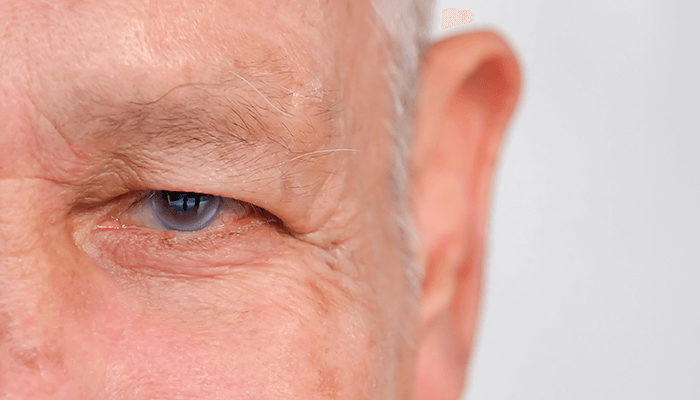
Assessing ARCA
To test whether the macular and peripapillary structural and vascular alterations in elderly patients with age-related choroidal atrophy (ARCA) mimics glaucomatous degeneration, researchers conducted a cross-sectional, observational study of 95 eyes. The values and fundus autofluorescence images of the peripapillary retinal nerve fiber layer (pRNFL) and macular nerve fiber layer were acquired with spectral domain-optical coherence tomography. The results show that patients with ARCA had decreased pRNFL, inner macular layer thickness, and choroidal vascularity index when compared with healthy, control eyes. (1)
Biomechanics for Glaucoma
Researchers recently used the Ocular Response Analyzer (ORA) and the Corvis ST (CST) to identify the corneal biomechanical differences between patients with primary open angle glaucoma (POAG) and patients with ocular hypertension (OHT). A total of 31 case-control studies featuring 2462 POAG patients and 345 OHT patients, and 3281 normal controls were included. Among other findings, the results found that the corneal hysteresis (CH), corneal resistance factors, and highest concavity time were all lower in POAG patients than in normal controls. (2)
Curating Contacts
New research, led by Chi Hwan Lee – Associate Professor of Biomedical Engineering in Purdue’s Weldon School of Biomedical Engineering and co-founder of BVS Sight – has led to the development of a new wearable biomedical device that continuously monitors intraocular pressure (IOP) in a person’s eye. Differing from commercially available options that are often stiff and uncomfortable, Lee’s smart contact lenses combine biocompatibility, softness, transparency, wettability, oxygen transmissibility, and overnight wearability, making it a better alternative to current tonometers on the market. (3)
Lost My Nerve
A retrospective analysis investigated the association of mean intraocular pressure (IOP) and IOP variability with the rate of retinal nerve fiber layer thinning over time in patients with glaucoma. The longitudinal cohort included a total of 815 eyes from 508 patients with imaging follow-up for a mean of 6.3 years from December 2008 to October 2020 and found that, even after adjustment for mean IOP, IOP variability was independently associated with structural change in patients with glaucoma, supporting its potential value in clinical management. (4)
Improving Patient Outcomes
A randomized, double-masked, placebo-controlled, cross-over study has found that the use of citicoline oral solution for treating chronic open-angle glaucoma improves the quality of life in glaucoma patients. (5)
Structural Scanning
By conducting OCT scans on over 1,000 glaucoma patients, researchers have identified the critical 3D structural features of the optic nerve head for glaucoma diagnosis. (6)
An Effective Solution
A new study has found that the aurolab aqueous drainage implant is more effective than the ahmed glaucoma valve for treating refractory glaucoma in both surgical success rate and reducing intraocular pressure. (7)
Managing Keratopathy
Research has found that descemet's stripping endothelial keratoplasty combined with retropupillary fixated iris-claw lens is effective management of aphakic/pseudophakic bullous keratopathy in patients who require secondary IOL or IOL exchange. (8)
References
- C U Atilgan et al., J Glaucoma, 32, 19 (2023). PMID: 35980842.
- M C Liu et al., J Glaucoma, [Online ahead of print] (2022). PMID: 36583701.
- Purdue University (2023). Available at: shorturl.at/rCGS9.
- T Nishida et al., JAMA Ophthalmol, 140, 1209 (2022). PMID: 36301523.
- L Rossetti et al., Graefes Arch Clin Exp Ophthalmol, [Online ahead of print] (2023). PMID: 36639525.
- F A Braeu et al., Am J Ophthalmol, [Online ahead of print] (2023). PMID: 36646242.
- M Hong et al., Ophthalmic Res, [Online ahead of print] (2023). PMID: 36646045.
- T Mansoori et al., J Curr Ophthalmol, [Online ahead of print] (2022). PMID: 36644474.
